Tilt top table repair
franksmom_2010
13 years ago
Featured Answer
Comments (24)
Jon1270
13 years agofranksmom_2010
13 years agoRelated Professionals
Lakeside Cabinets & Cabinetry · Cypress Lake Carpenters · Las Vegas Carpenters · Murphy Carpenters · Bethpage Flooring Contractors · Garland Flooring Contractors · Oswego Flooring Contractors · Roselle Flooring Contractors · Columbia Furniture & Accessories · Evanston Furniture & Accessories · Port Charlotte Furniture & Accessories · Champlin Furniture & Accessories · Discovery Bay Furniture & Accessories · Hoboken Furniture & Accessories · Rogers Furniture & AccessoriesJon1270
13 years agofranksmom_2010
13 years agoJon1270
13 years agofranksmom_2010
13 years agofranksmom_2010
13 years agobrickeyee
13 years agofranksmom_2010
13 years agobobismyuncle
13 years agofranksmom_2010
13 years agoJon1270
13 years agobrickeyee
13 years agofranksmom_2010
13 years agobrickeyee
13 years agofranksmom_2010
13 years agobrickeyee
13 years agosombreuil_mongrel
13 years agoJon1270
13 years agofranksmom_2010
13 years agobrickeyee
13 years agokare123
12 years agoCheri Coussan
3 years ago
Related Stories
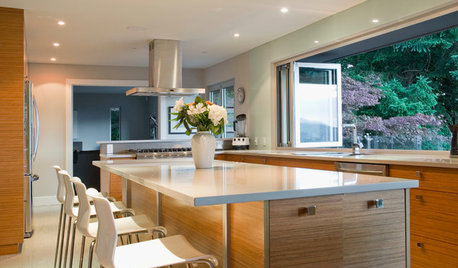
HOUZZ TOURSMy Houzz: Full-Tilt Reinvention for a 1950s Ranch
Out went the dated features of this Vancouver hilltop home, and in went contemporary finishes and clean lines
Full Story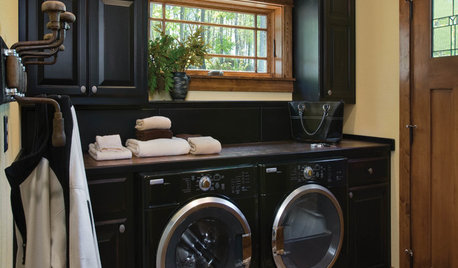
LAUNDRY ROOMSTop 10 Trending Laundry Room Ideas on Houzz
Of all the laundry room photos uploaded to Houzz so far in 2016, these are the most popular. See why
Full Story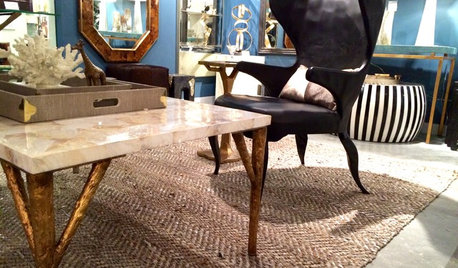
DECORATING GUIDESTop Design Trends From the Winter 2015 Las Vegas Market
Interior designer Shannon Ggem is tracking finishes, motifs and design combinations at the 2015 show
Full Story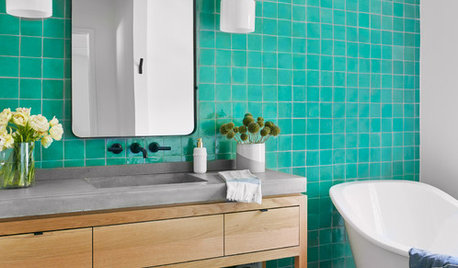
BATHROOM DESIGNBathroom Countertops 101: The Top Surface Materials
Explore the pros and cons of 7 popular bathroom countertop materials
Full Story
LIFEThe Top 5 Ways to Save Water at Home
Get on the fast track to preserving a valuable resource and saving money too with these smart, effective strategies
Full Story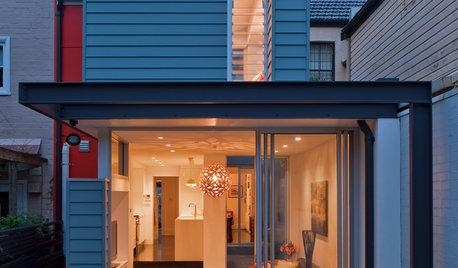
HOUZZ TOURSHouzz Tour: Butterfly Roofs Top a Sydney Terrace House
Modern remodel retains 19th century facade while pouring natural light into new and old spaces
Full Story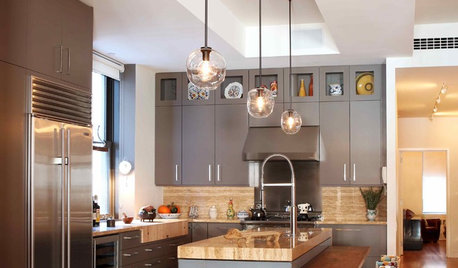
KITCHEN DESIGNReaders' Choice: The Top 20 Kitchens of 2011
Get inspired by the 20 most popular kitchens on Houzz in 2011
Full Story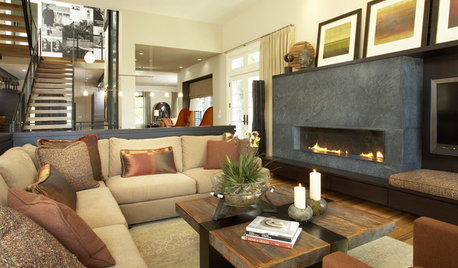
DECORATING GUIDESExpert Talk: Lean or Hang Artwork?
Professional designers explain why a tilt is sometimes better than a nail for artwork around the home
Full Story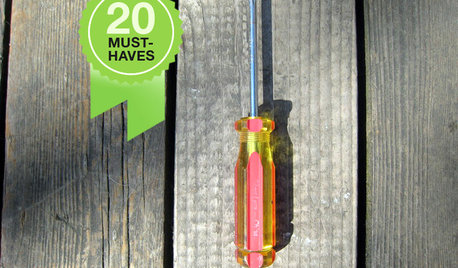
HOUSEKEEPING20 Tools Every Homeowner Should Have
You probably have a hammer, but that's just a start. These 20 tools and devices are superstars for household projects and repairs
Full Story
FURNITURE9 Ways With the Invisible Coffee Table
Contemporary acrylic table adds clutter-free function for every design style
Full StorySponsored
Custom Craftsmanship & Construction Solutions in Franklin County
More Discussions






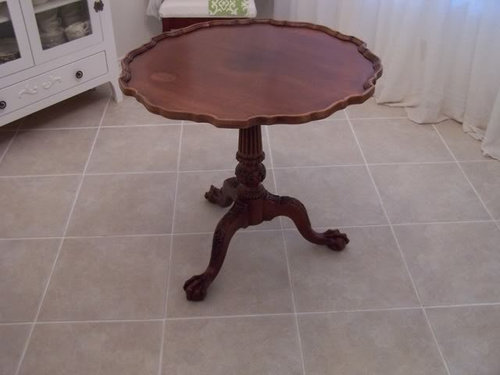
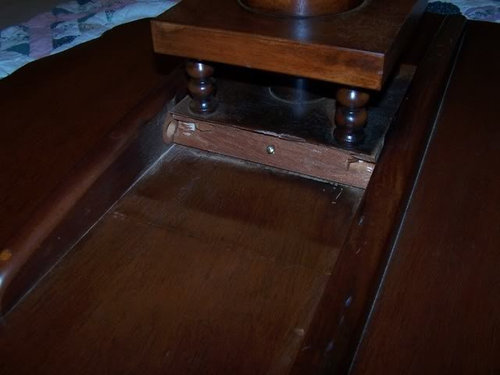
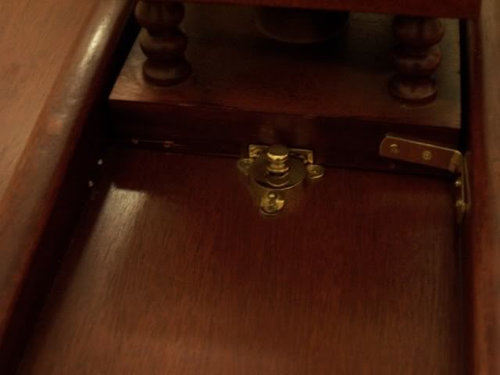



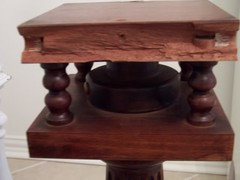
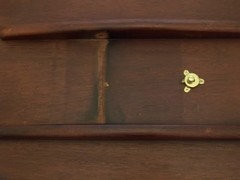
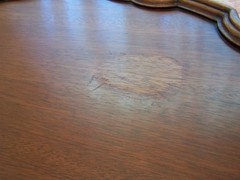
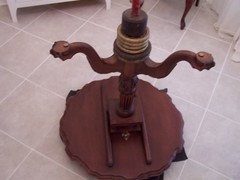
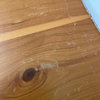



franksmom_2010Original Author